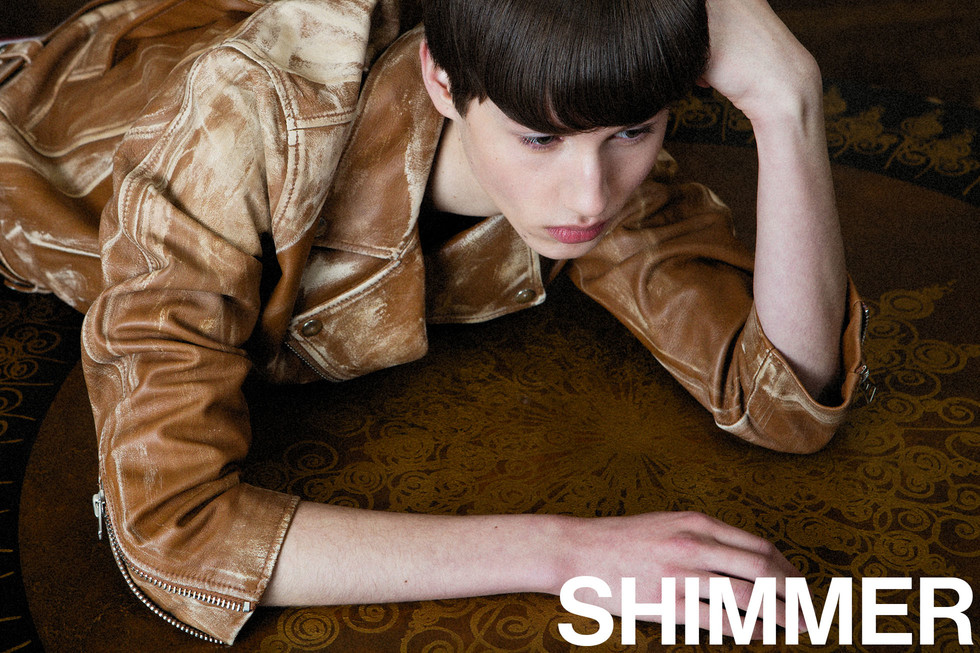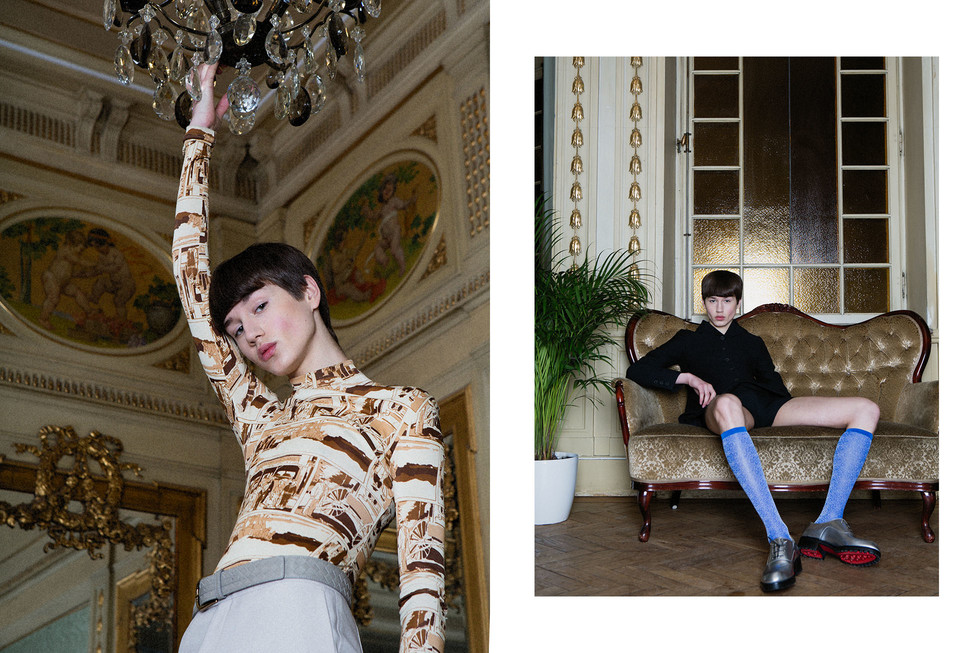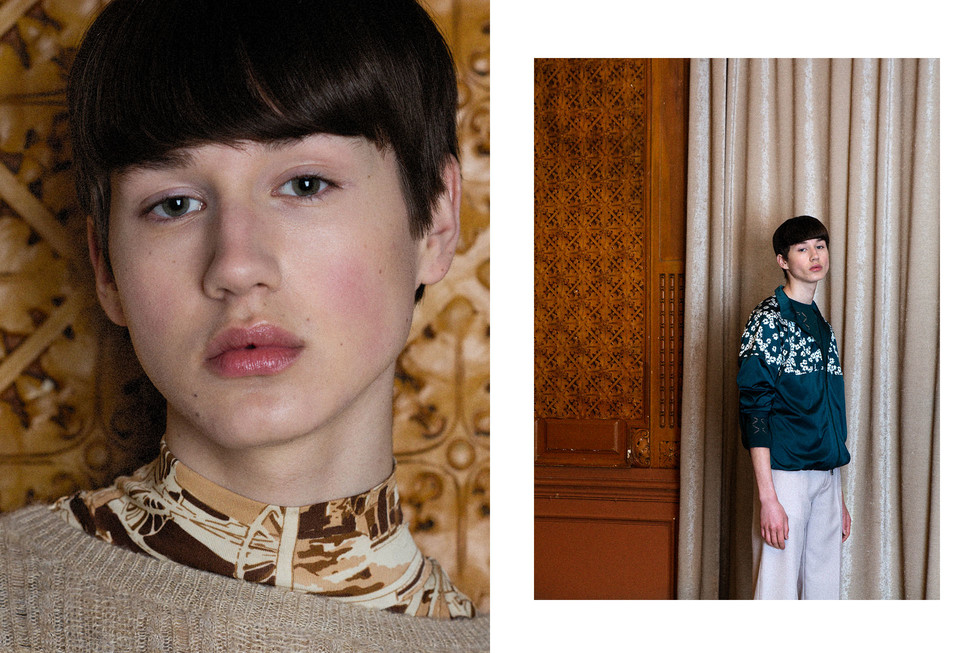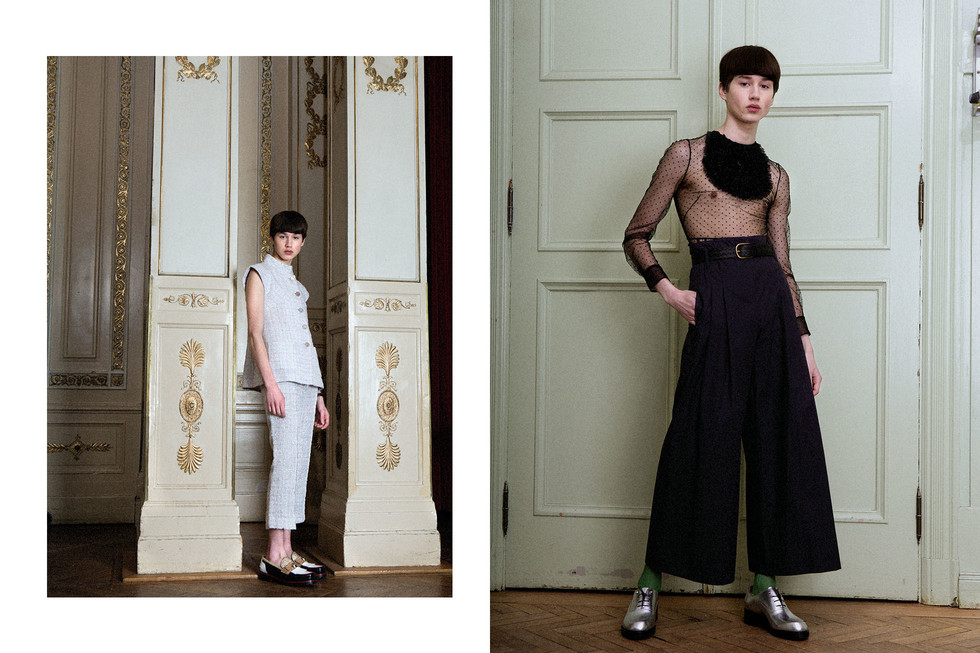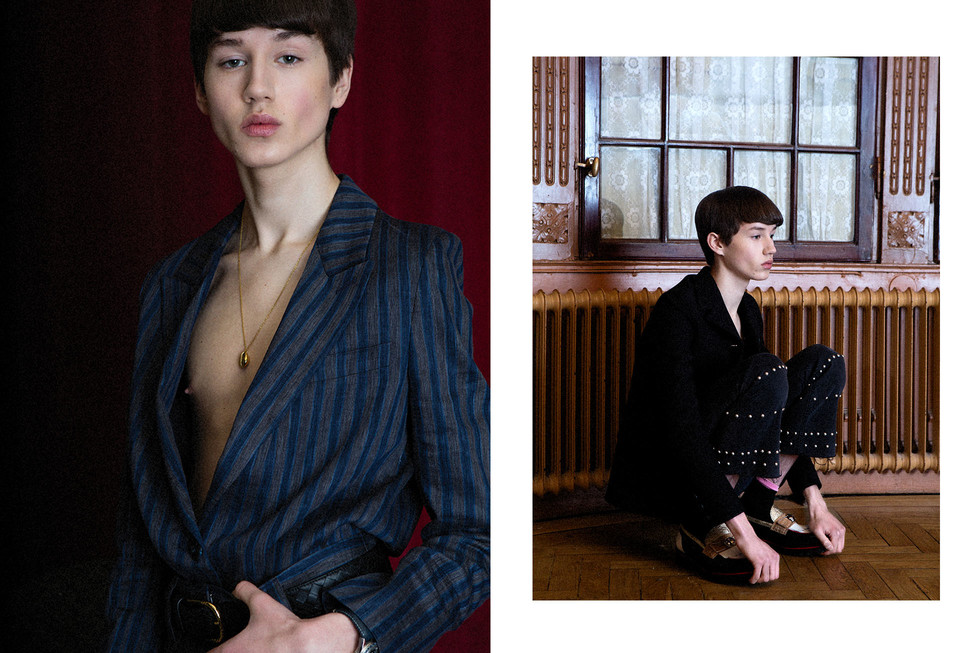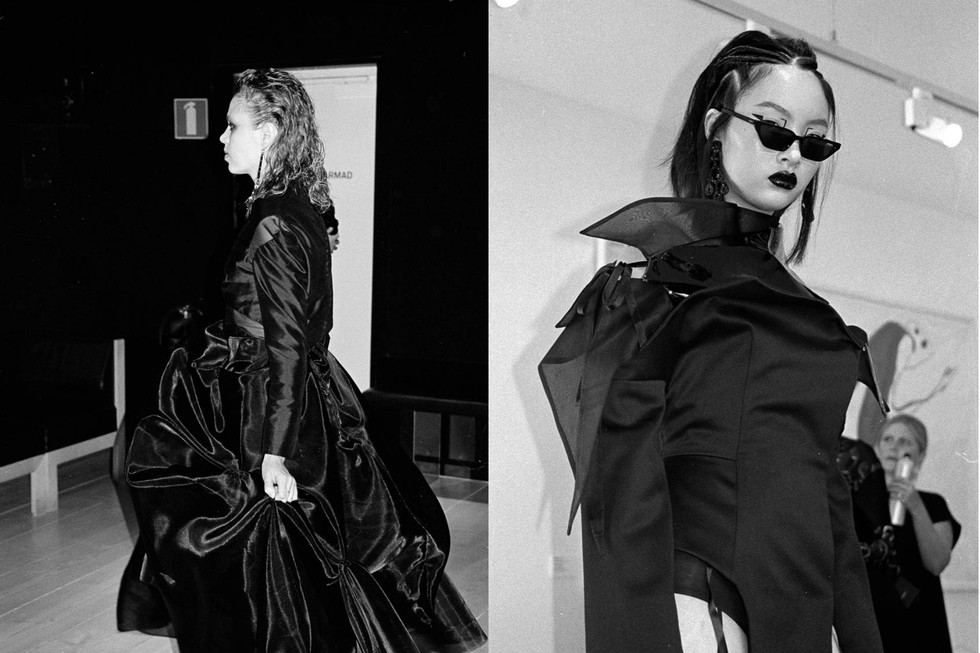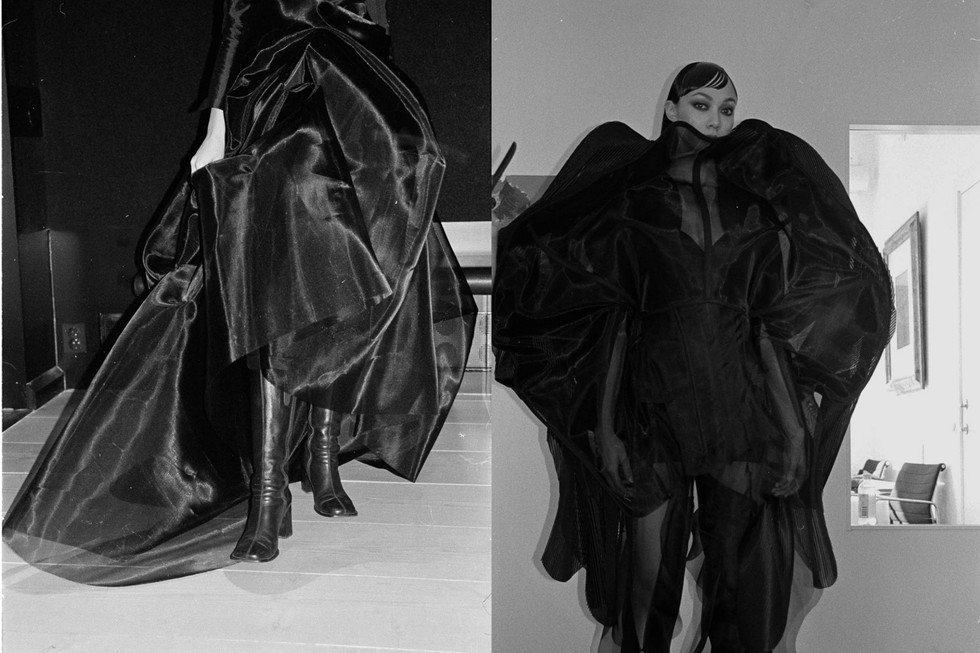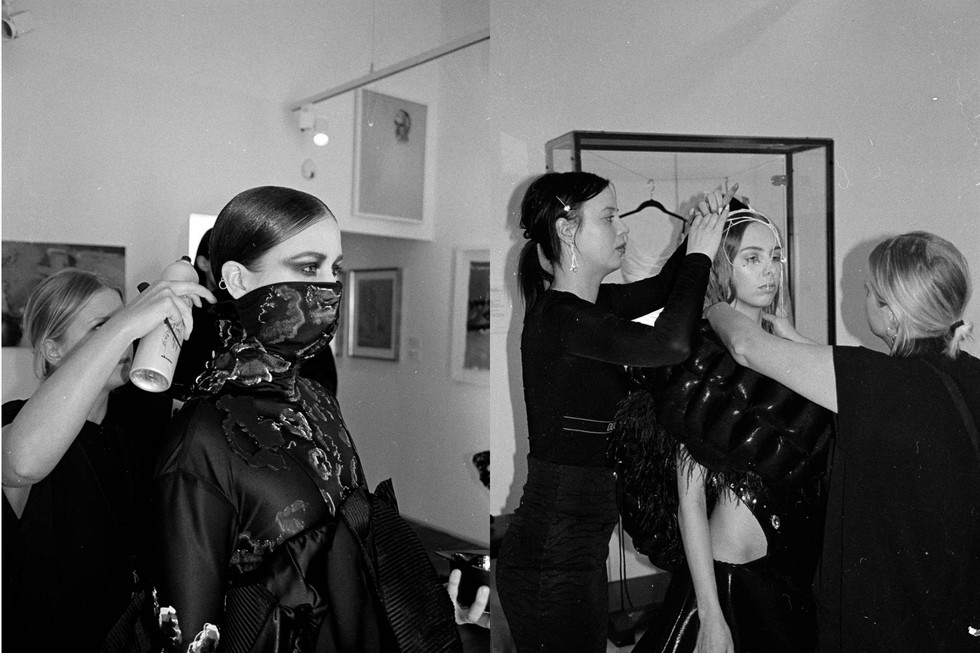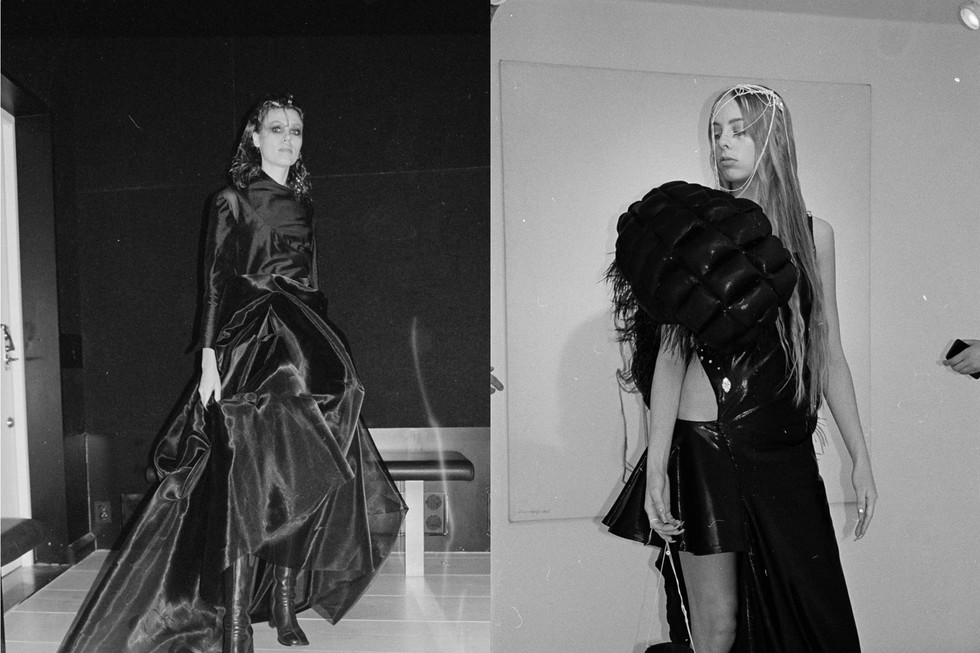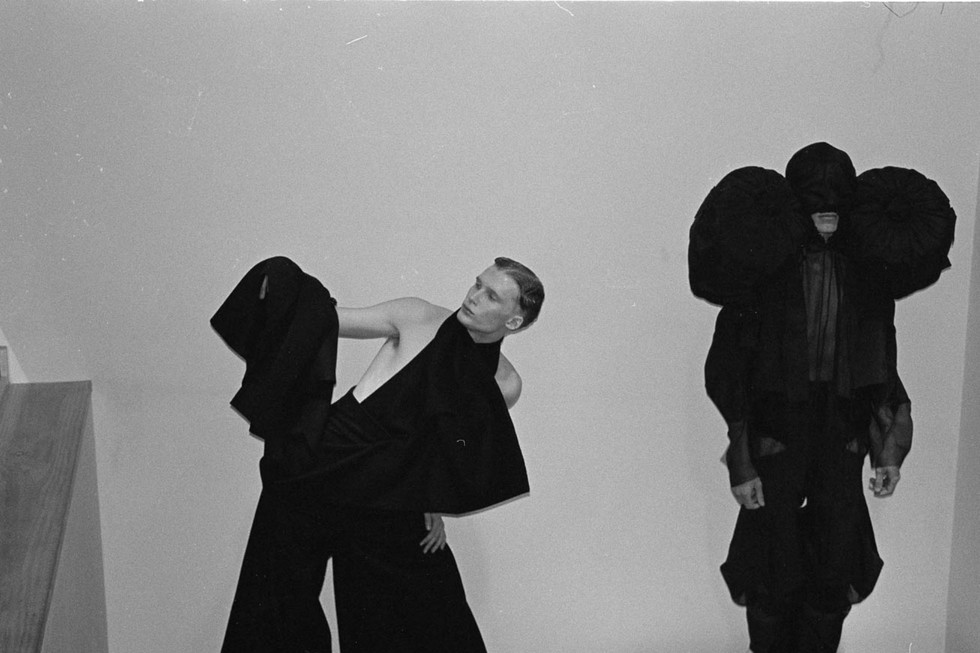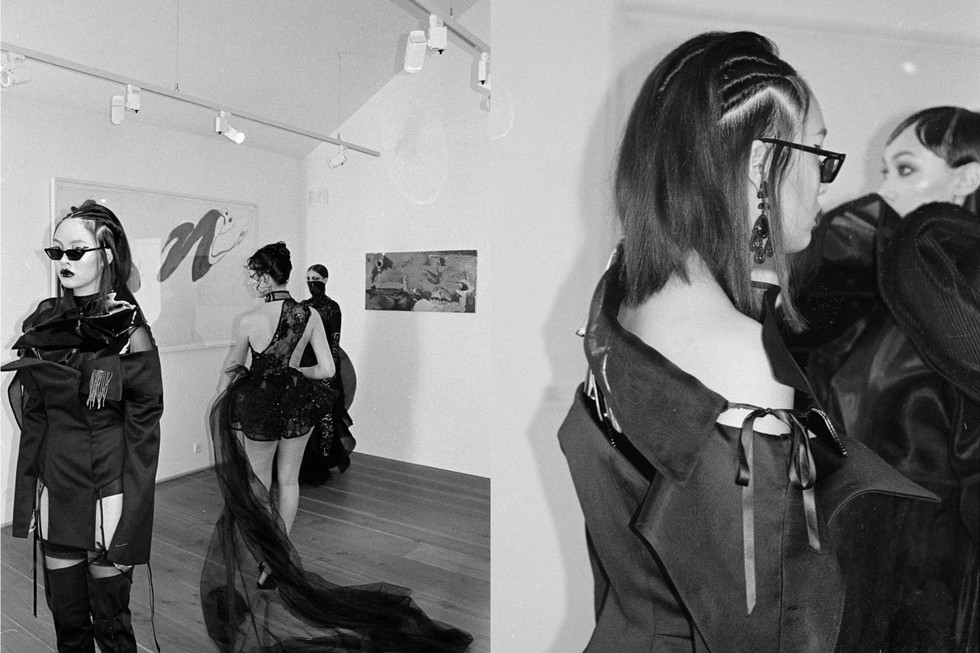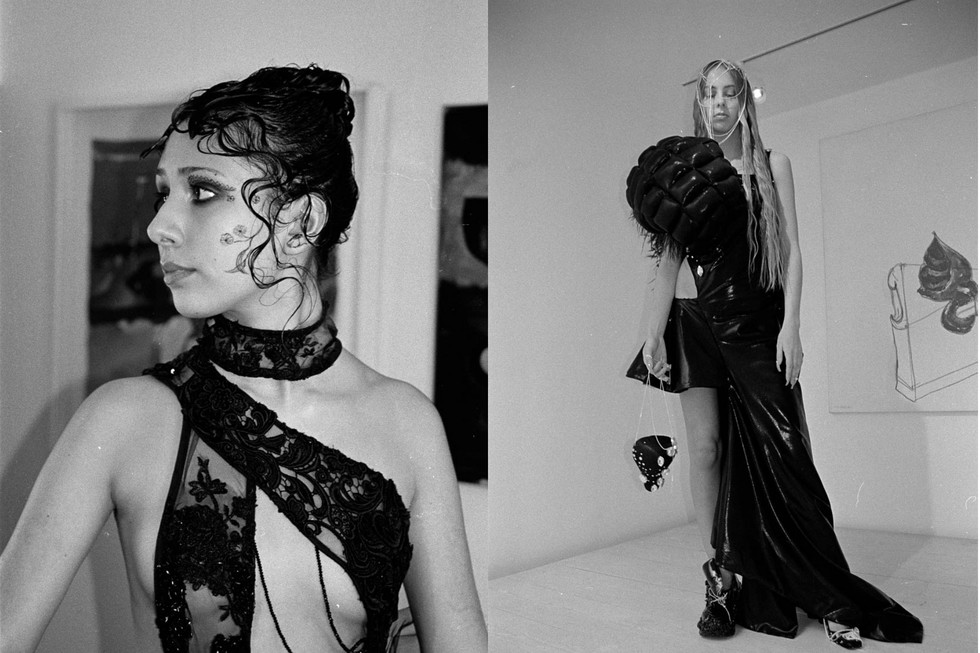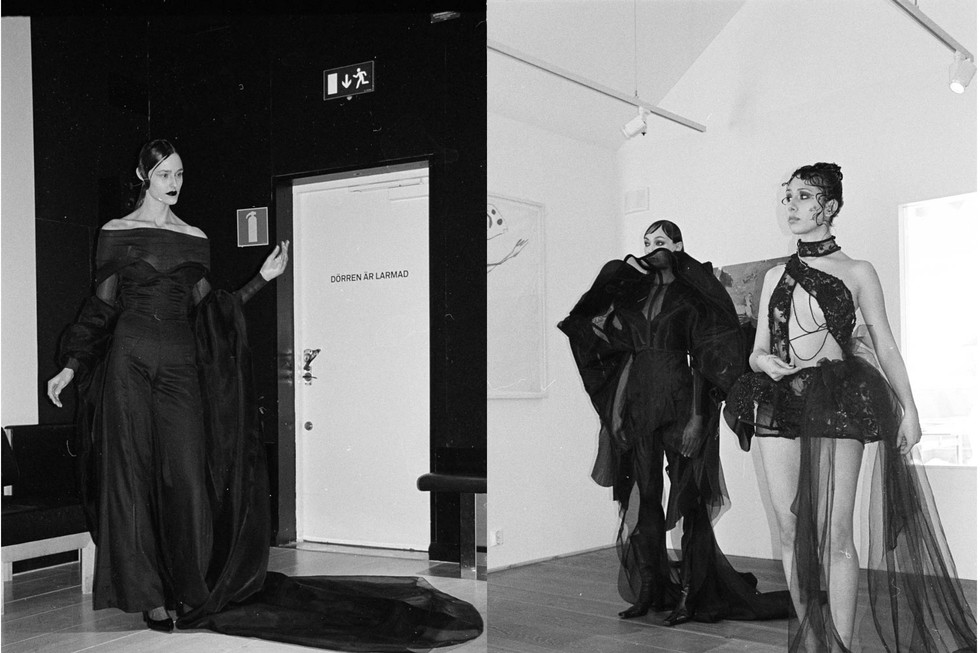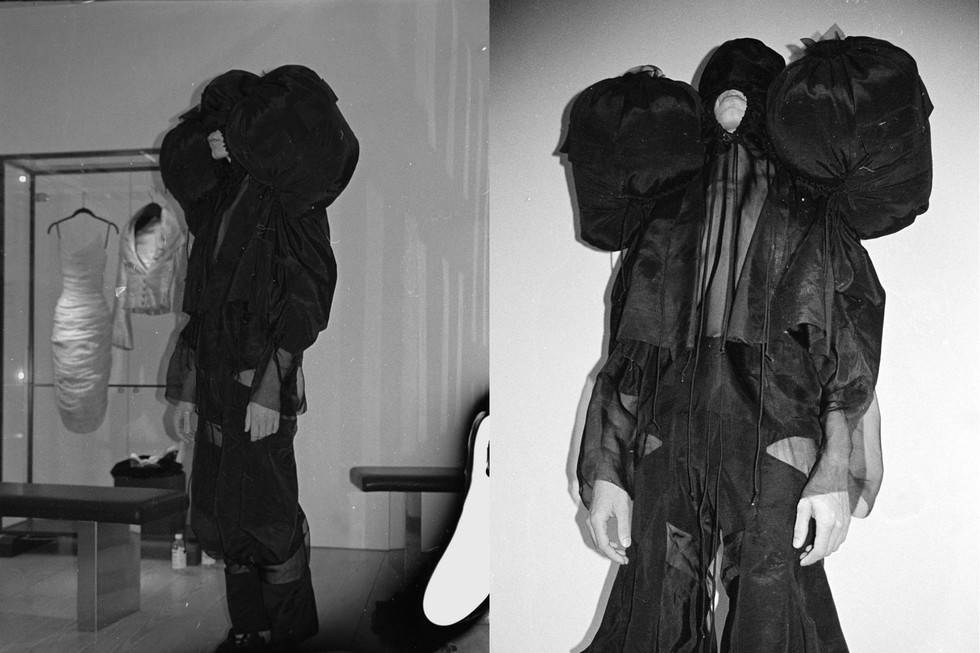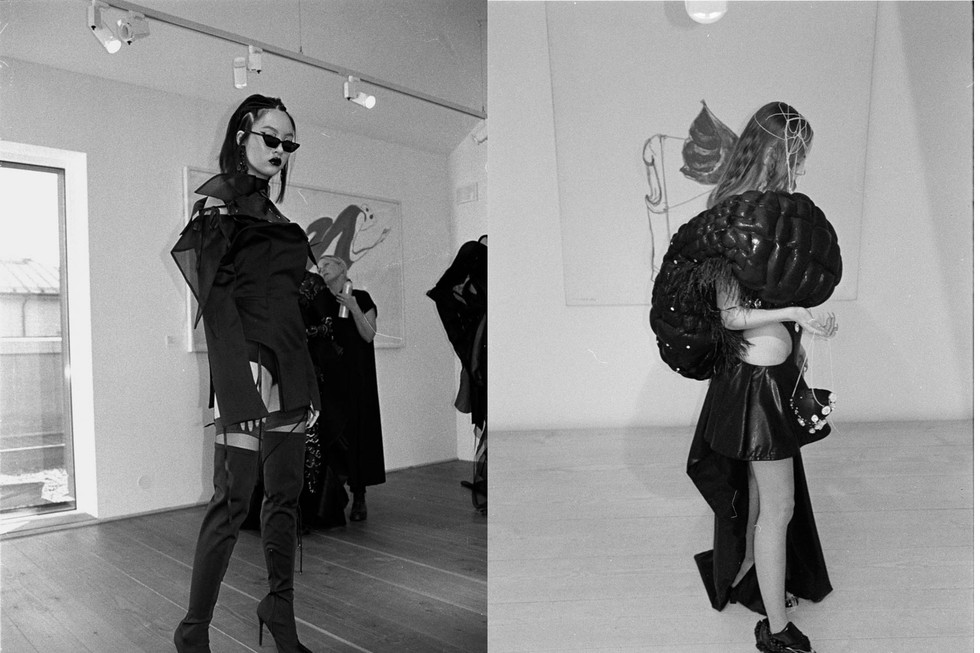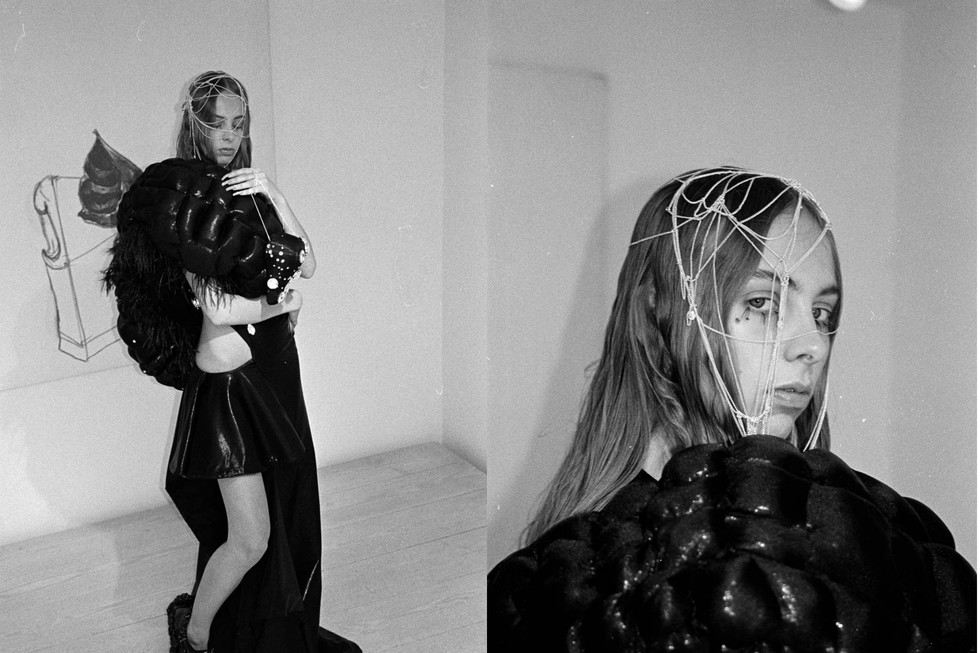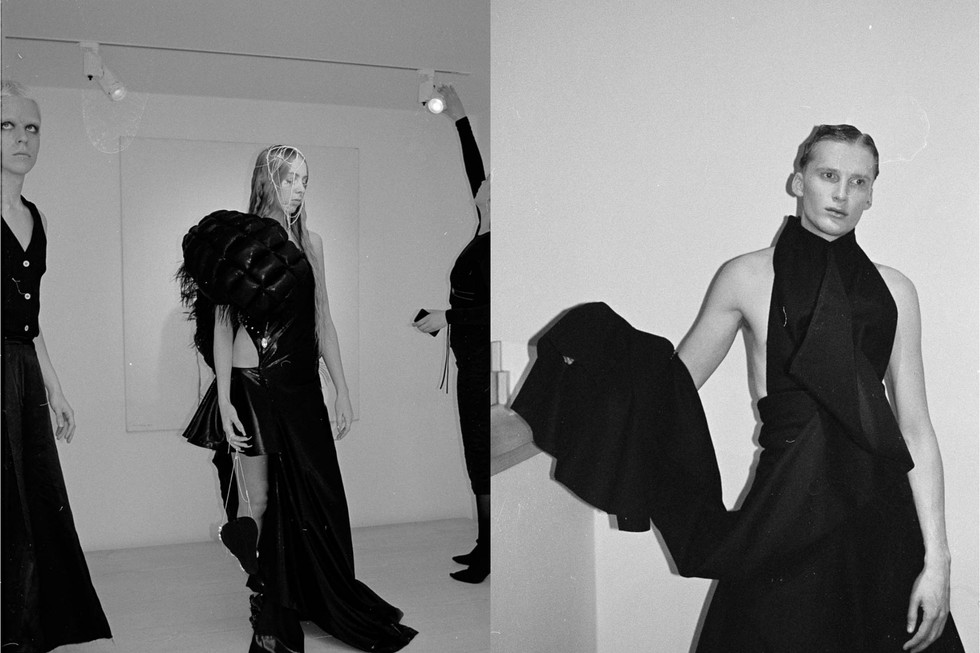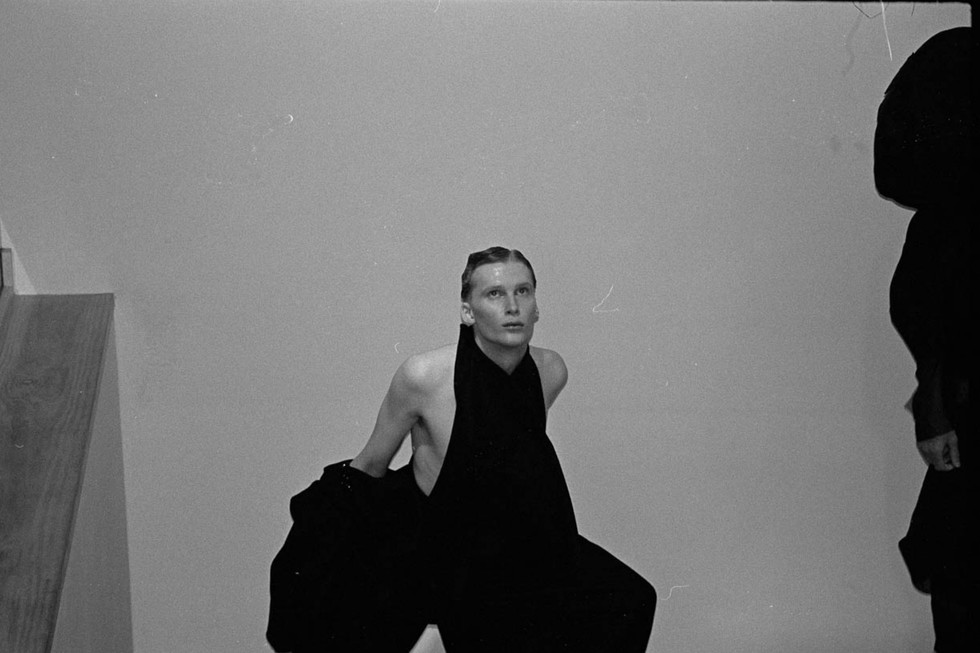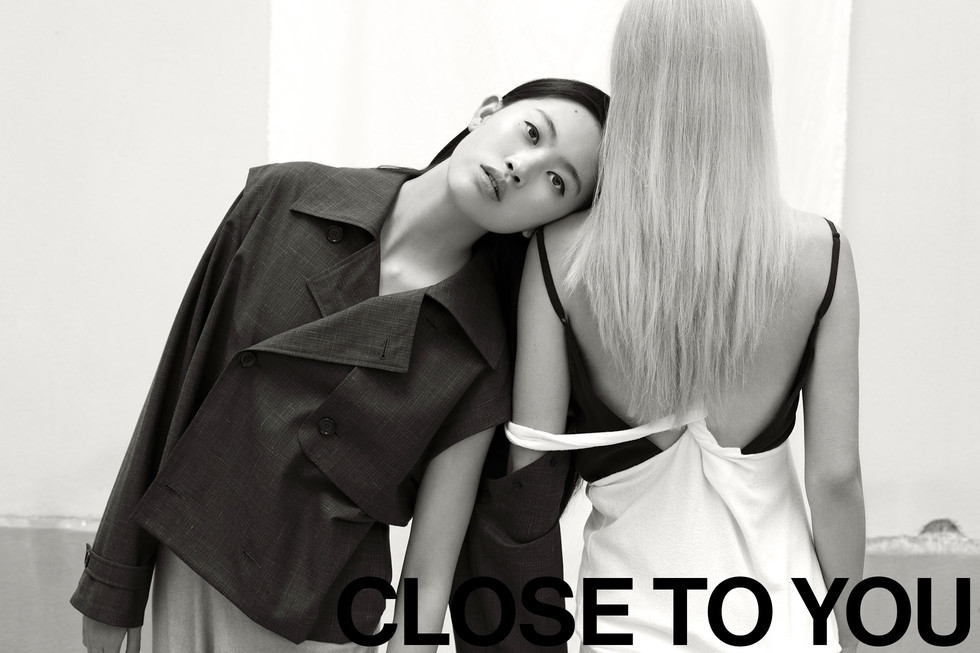
| photography by ÉLODIE CHAPUIS stylist FLEUR BELLANGER hair & make up ÉLISE AUGÉ model LILLA MOLNAR & CAROL ZHU / IMG Paris fashion assistant KSENIIA PETROVA production PHILIPPE CUBE SHOWROOM |
| Carol wears jacket MAY BERNARDI trousers GIUSEPPE BUCCINNA Lilla wears white top GIUSEPPE BUCCINNA black top HALO |
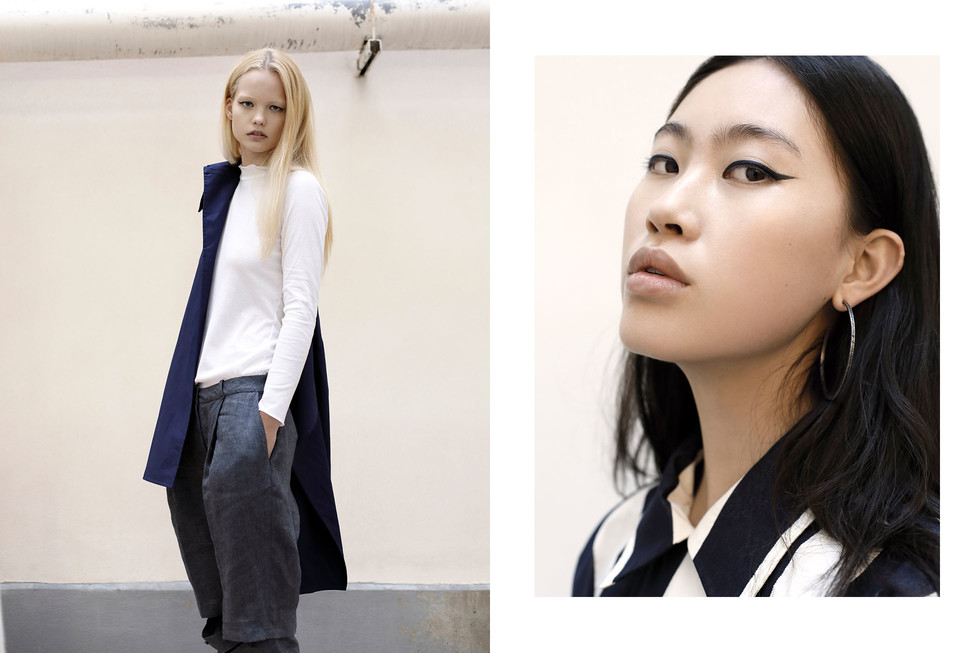
| jacket SONIA PINTO shirt GIUSEPPE BUCCINNA trousers MAY BERNARDI |
| jacket SONIA PINTO earrings LEGION |
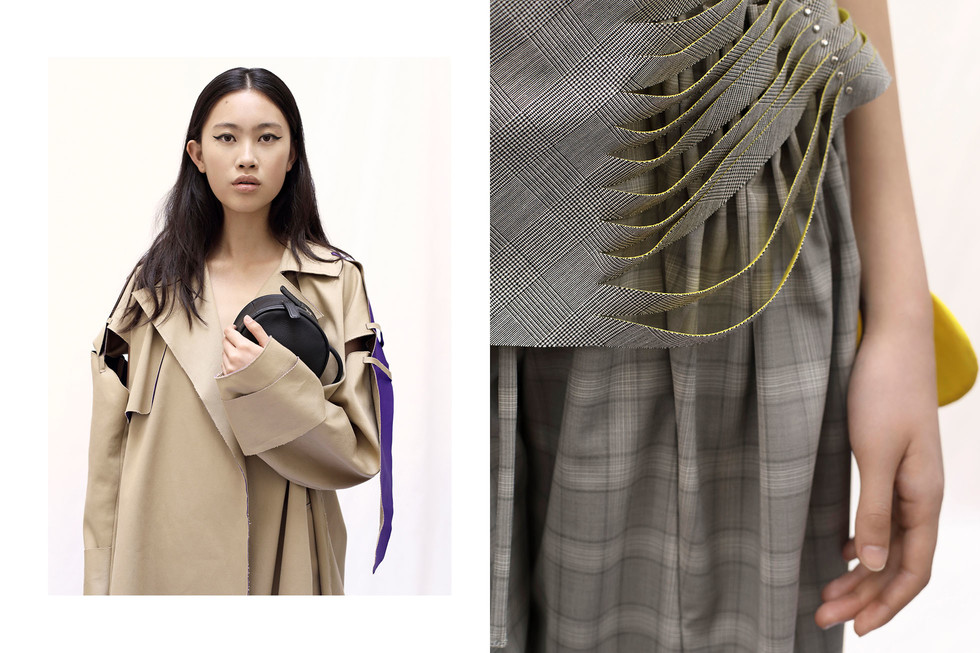
| coat MEGMIURA bag SERON |
| top MEGMIURA trousers MAY BERNARDI |

| dress RENE GURSKOV |
| jacket RENE GURSKOV trousers TATTOOSWEATERS |
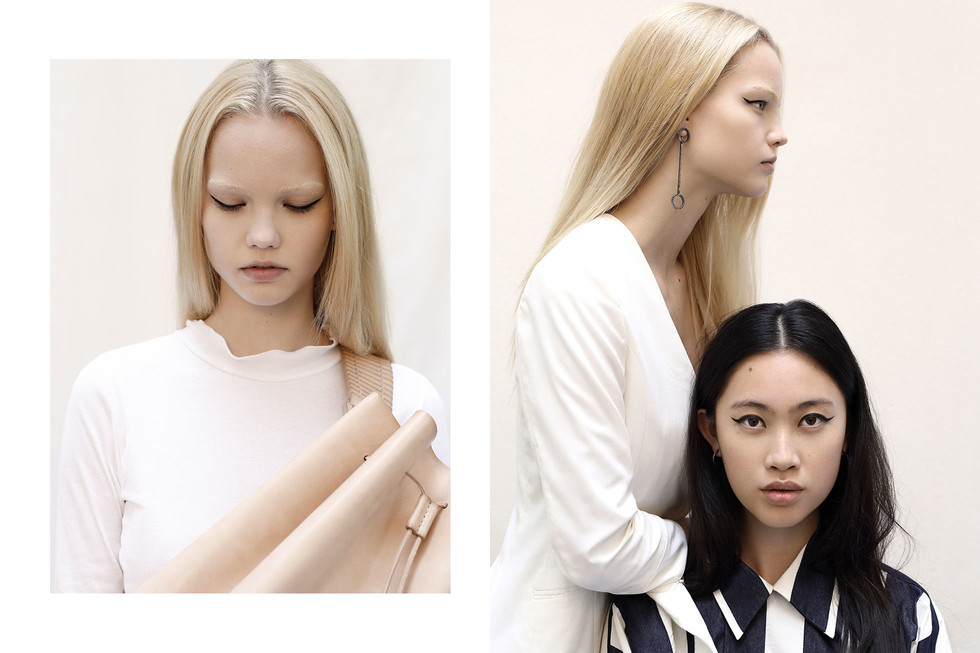
| top GIUSEPPE BUCCINNA bag SERON |
| Lilla wears jacket MEGMIURA earrings LEGION Carol wears |
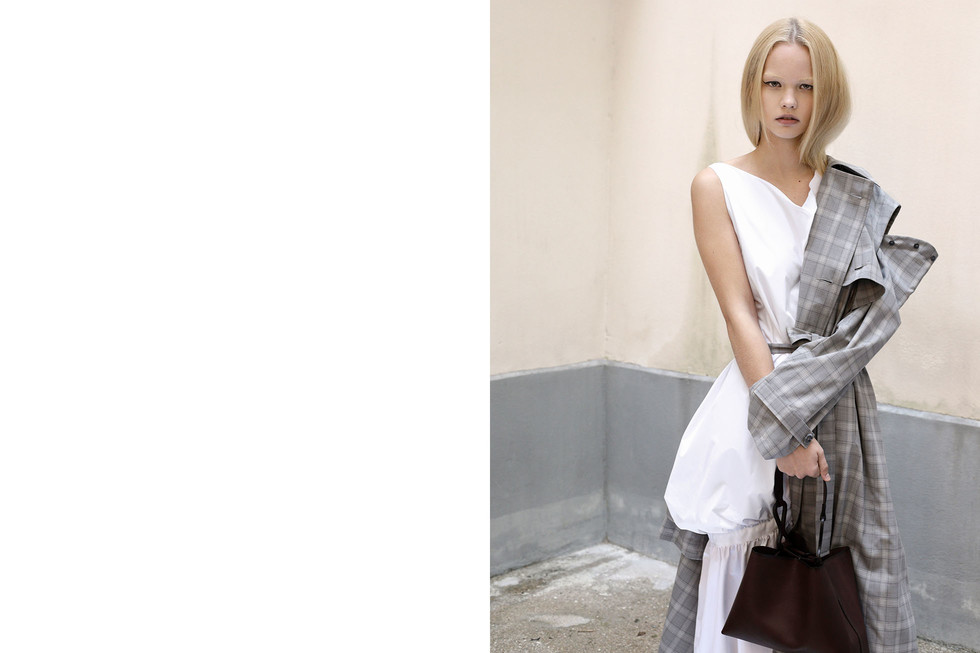
| coat MAY BERNARDI dress GIUSEPPE BUCCINNA bag SERON |

